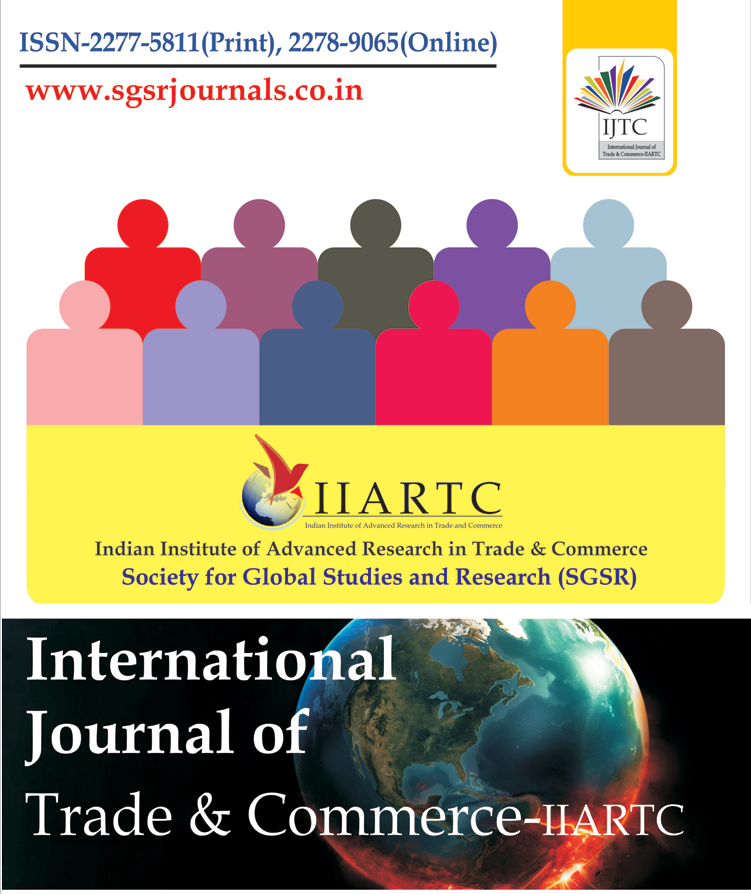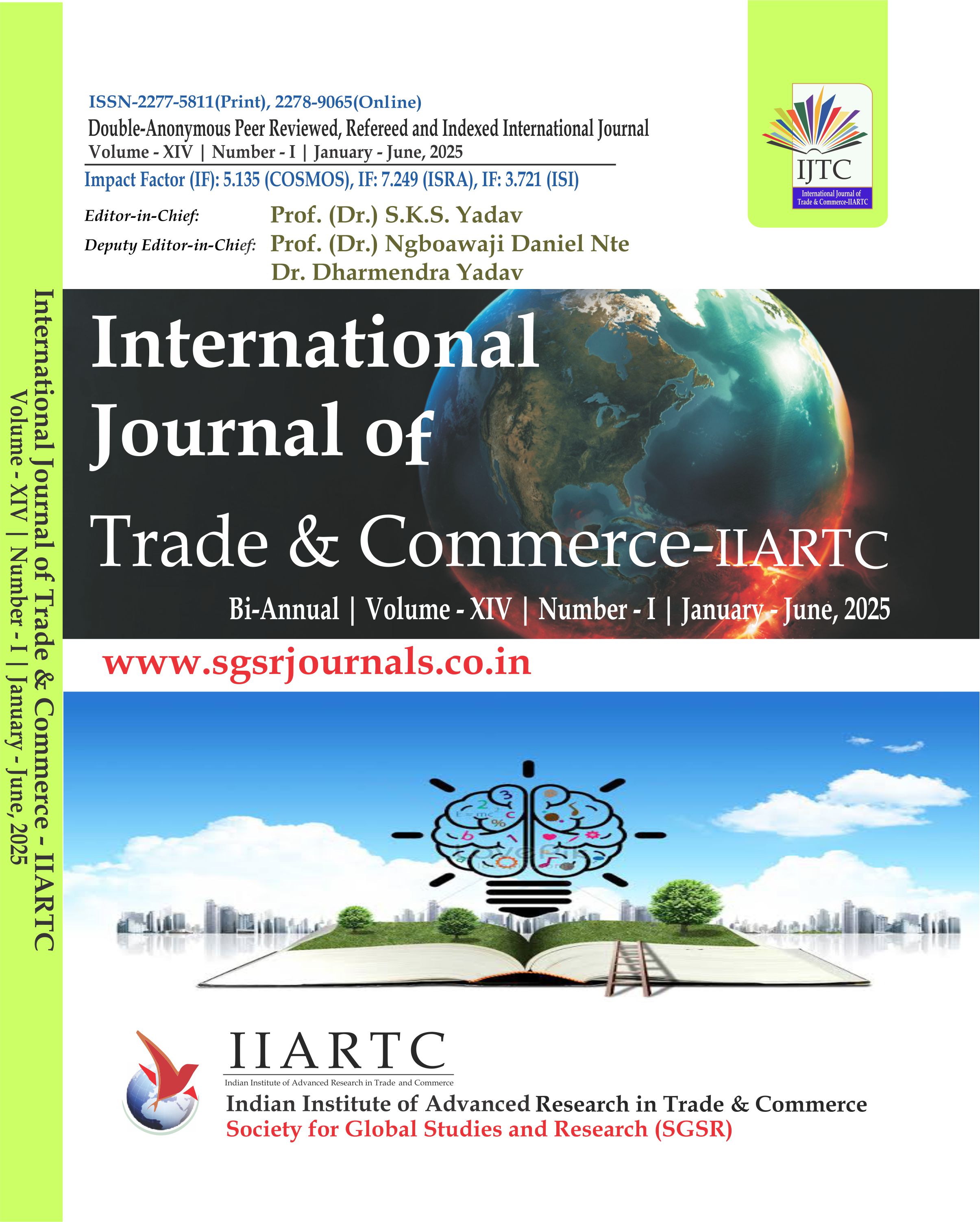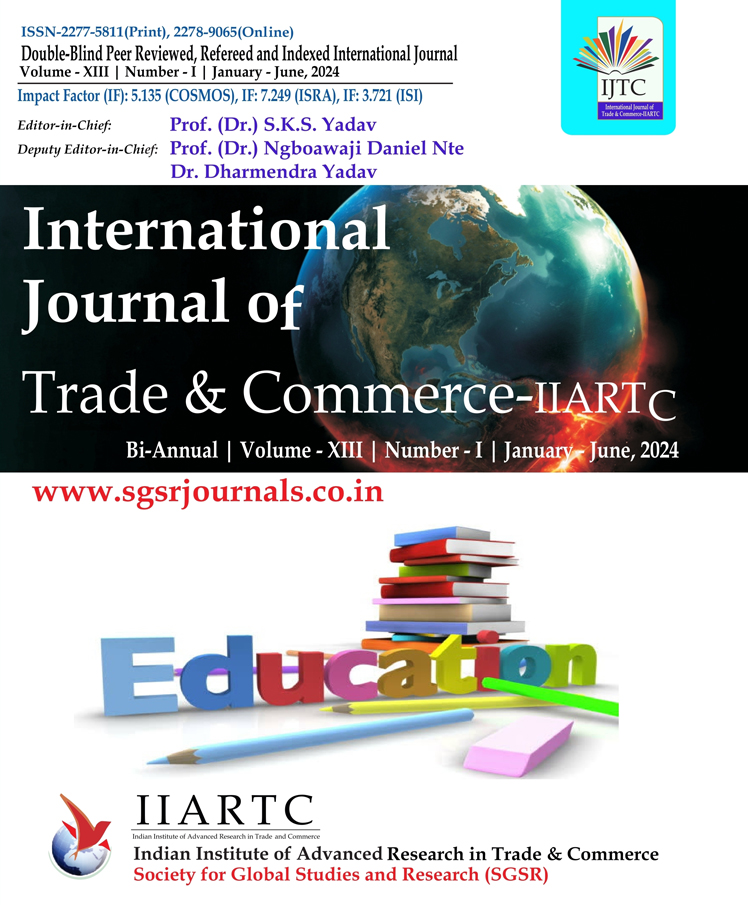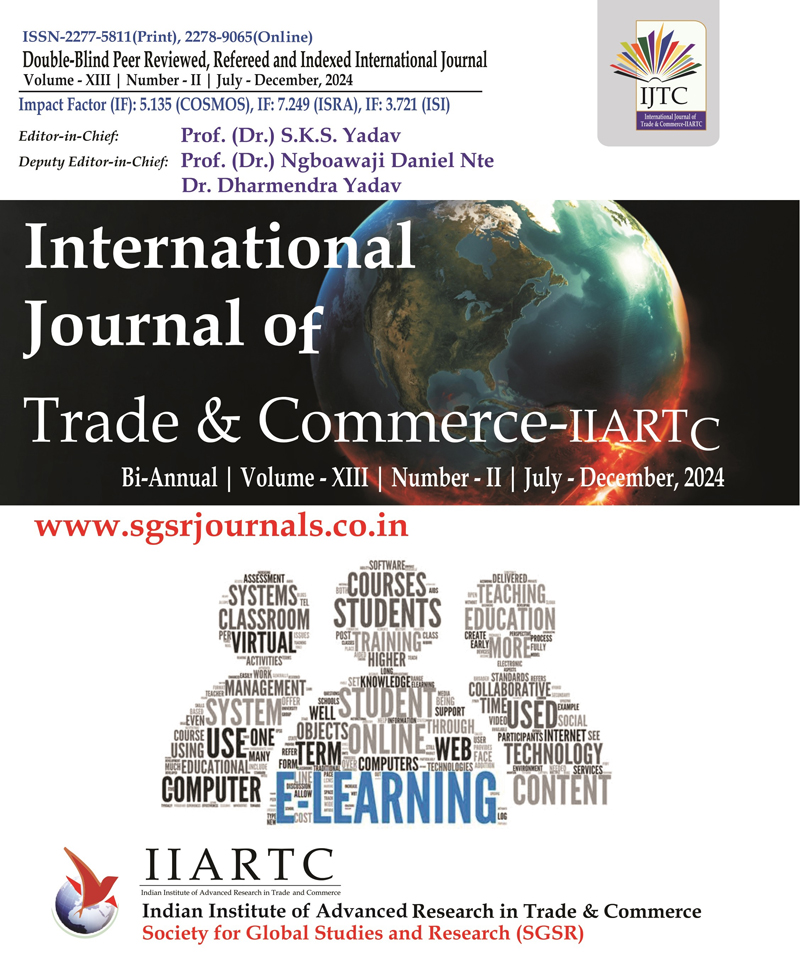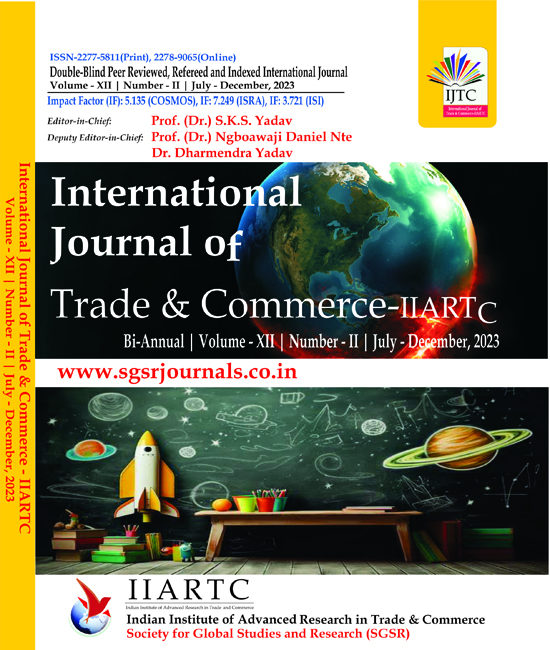
Commerce, Meerut College, Meerut

Dhaka School of Economics, Dhaka School of Economics

Faculty of Business Studies, Jagannath University Dhaka

,

Faculty of Technical Studies, Dt Kliment Ohridski Bitola Macedonea

Faculty of Management & Social Sciences, College of Management & Social Sciences Novena University
Abstract: Workplace diversity and inclusion (D&I) have become critical drivers of innovation, employee well-being, and organizational performance. The success of D&I efforts, however, depends significantly on the dominant organizational culture, which influences employee attitudes, behaviors, and inclusivity-related policies. This research explores the complex relationship between organizational culture and workplace diversity and inclusion, investigating how cultural values, leadership, and HR policies affect the success of diversity efforts. Based on a comprehensive literature review, case studies, and empirical studies, this research emphasizes the most important aspects of an inclusive organizational culture, including leadership commitment, psychological safety, fair hiring practices, and open communication. It also examines typical obstacles to inclusivity, such as unconscious biases, resistance to change, and structural disparities in organizations. The study also examines the contribution of transformational leadership and corporate social responsibility (CSR) in fostering a positive cultural change towards inclusivity. Findings indicate that organizations with a robust, inclusive culture have more engaged employees, better team collaboration, and better organizational reputation. In contrast, firms that do not embed diversity and inclusion into their cultural narrative stand to see greater turnover, intra-workplace conflict, and diminished innovation. The research concludes by offering strategic recommendations to organizations on how to create and maintain a culture that proactively supports diversity and inclusion through leadership commitment, customized training programs, and inclusive policy making.
Abstract: Islamic banking is reshaping Bangladesh’s financial landscape by offering a Sharia-compliant alternative to conventional banking, particularly through innovative community-driven micro-savings and micro-investment models. This qualitative study analyzes First Security Islami Bank Limited (FSIBL), Bangladesh’s first full-fledged Islamic bank (est. 1999), to draw insights for India’s emerging Islamic banking sector. FSIBL’s success in applying profit-loss sharing (PLS) models—such as Mudarabah-based micro-savings pools converted into agricultural investments and Bai-mode financing for SMEs—alongside mobile banking-enabled societal banking initiatives, demonstrates how Islamic finance can bridge financial inclusion gaps in developing economies. The bank’s CSR-linked community investment programs, which transform small deposits into Waqf-funded local projects, offer a replicable template for India. However, recent governance lapses and liquidity crunches highlight systemic risks in scaling these models without robust safeguards. The study addresses two questions: (1) How does FSIBL’s integration of microfinance with Islamic principles validate its viability in emerging markets? (2) What lessons can India adopt to leverage societal banking wings for grassroots capital formation while avoiding governance pitfalls? Findings reveal that participatory micro-investment frameworks require three pillars: strong Sharia governance (e.g., community oversight committees), depositor protection mechanisms (e.g., taka ful-backed micro-savings), and adaptive asset-liability management (e.g., blockchain-tracked PLS ventures). By examining FSIBL’s journey, the paper proposes actionable strategies for India to harness Islamic banking’s dual social-commercial mandate, advocating for regulatory sandboxes to pilot community savings-to-investment chains and tax-neutrality for micro-investment products. The study concludes that India’s vast SHG networks and digital infrastructure position it to outperform Bangladesh’s model—if integrated with ethical resilience and operational transparency.
Abstract: This study explores the role of Social Media Marketing Strategies (SMMSs) in promoting tourism in the Indian state of Uttarakhand. With the rise of digital platforms such as Instagram, Facebook, YouTube, and WhatsApp, social media has become a pivotal tool for destination branding, customer engagement, and tourism outreach. The research adopts a qualitative, descriptive design and relies solely on secondary data, including academic literature, government tourism reports, and digital platform analytics. The paper identifies key determinants of successful social media marketing in tourism content quality, user-generated content, influencer marketing, real-time engagement, and platform-specific strategies. Uttarakhand's current digital efforts are largely focused on basic visual content, with limited use of advanced engagement tools like Social CRM or influencer-led campaigns. It critically evaluates the current approach using a SWOT analysis framework and identifies both achievements and gaps in platform utilisation, content localisation, and targeted advertising. This evaluation provides detailed recommendations to improve digital outreach, including platform diversification, technological innovation, regional inclusion, and sustainable tourism promotion. The findings suggest that while Uttarakhand has made significant progress in digital tourism marketing, an integrated and adaptive strategy is essential to achieve long-term success in an increasingly competitive and dynamic tourism landscape. The research concludes by offering practical recommendations, including developing multilingual content, deeper influencer collaboration, improved feedback mechanisms, and benchmarking against digitally mature tourism states. These strategies can help Uttarakhand maximise its tourism potential by aligning digital marketing practices with evolving traveller behaviours.
Abstract: This study explores the role of Social Media Marketing Strategies (SMMSs) in promoting tourism in the Indian state of Uttarakhand. With the rise of digital platforms such as Instagram, Facebook, YouTube, and WhatsApp, social media has become a pivotal tool for destination branding, customer engagement, and tourism outreach. The research adopts a qualitative, descriptive design and relies solely on secondary data, including academic literature, government tourism reports, and digital platform analytics. The paper identifies key determinants of successful social media marketing in tourism content quality, user-generated content, influencer marketing, real-time engagement, and platform-specific strategies. Uttarakhand's current digital efforts are largely focused on basic visual content, with limited use of advanced engagement tools like Social CRM or influencer-led campaigns. It critically evaluates the current approach using a SWOT analysis framework and identifies both achievements and gaps in platform utilisation, content localisation, and targeted advertising. This evaluation provides detailed recommendations to improve digital outreach, including platform diversification, technological innovation, regional inclusion, and sustainable tourism promotion. The findings suggest that while Uttarakhand has made significant progress in digital tourism marketing, an integrated and adaptive strategy is essential to achieve long-term success in an increasingly competitive and dynamic tourism landscape. The research concludes by offering practical recommendations, including developing multilingual content, deeper influencer collaboration, improved feedback mechanisms, and benchmarking against digitally mature tourism states. These strategies can help Uttarakhand maximise its tourism potential by aligning digital marketing practices with evolving traveller behaviours.
Abstract: Previous studies explain lots of insights on hotel management in terms of service quality, challenges, issues, and problems faced in the inns. However, there is a gap in bridging the strengths, weaknesses, opportunities, and threats of hotels common faces. This study addressed the gap by approaching the customer-centric viewpoint. The study looks to ascertain the strengths (S), weaknesses (W), opportunities (O), and threats (T) of the hotel management from a customer perspective and to find the connection among the hotel facilities and frequency of customer visits for staying. The results enlighten that there is significance between the hotel amenities, price affordability, and frequency of the visit of customers. Therefore, amenities consistently give guests a comfortable space to remain longer and foster a positive perception of the hotel. The research's results are restricted to the study region; they may vary over time and between regions. From a competitive perspective, service quality contributes to the hotels by increasing their strengths and opportunities and decreasing weaknesses and threats.
© sgsrjournals.co.in All Rights Reserved | Design by Sunrise Technologies

